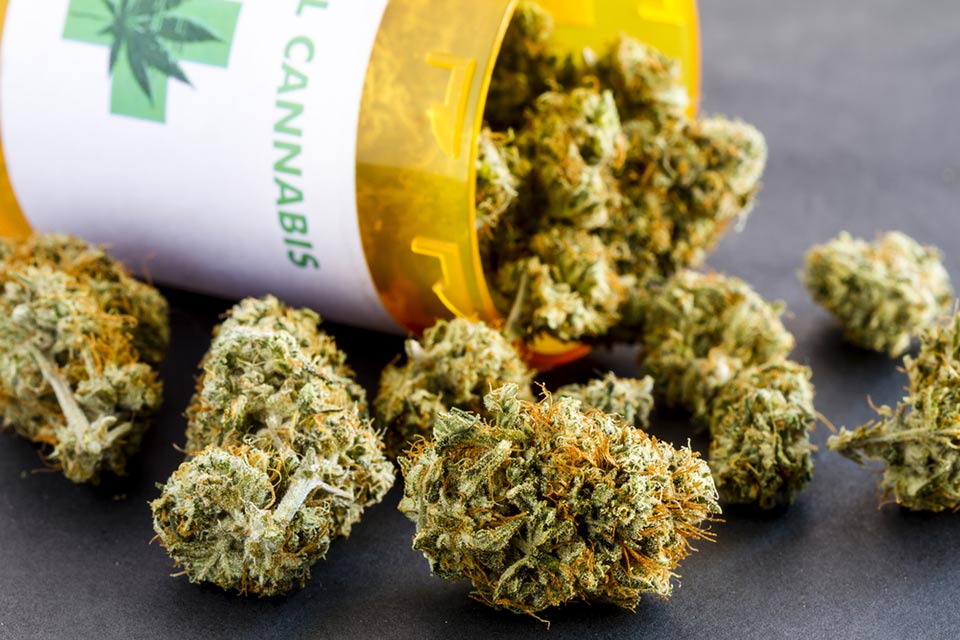Introduction
One of the benefits of using medical marijuana is that it has many uses. It can be used to treat pain, nausea, seizures, and much more. Marijuana has been shown to help people suffering from a variety of health conditions, but there are some warnings as well. I’ll explain what these are so you can make an informed decision about whether or not cannabis is right for you and your loved ones.
Medical marijuana can help alleviate arthritis
Arthritis is an inflammatory condition that can affect people of any age. According to the Arthritis Foundation, it’s estimated that over 50 million Americans are living with arthritis and over 100 million adults have experienced symptoms of chronic pain. This means that medical marijuana could be a helpful option for many people with arthritis, so it may be worth looking into getting a medical marijuana card.
Medical marijuana has been shown to help alleviate pain, inflammation, swelling and stiffness associated with rheumatoid arthritis (RA). It also helps to decrease stiffness and improve cognitive function in RA patients who smoke it regularly. In fact, medical marijuana can be used for a variety of other conditions besides RA such as lupus or fibromyalgia as well!
Medical marijuana helps with chronic pain without the risk of addiction.
- Medical marijuana is a safer alternative to opioids.
- Cannabis is a natural pain reliever that can help people with chronic pain sleep better, deal with depression, and deal with anxiety.
- Medical marijuana is prescribed as a treatment for patients who suffer from muscle spasms and other painful conditions.
Medical marijuana can help people with inflammatory bowel disease better manage their symptoms.
Medical marijuana can help people with inflammatory bowel disease better manage their symptoms.
Inflammatory bowel disease (IBD) is a condition that causes inflammation of all or part of the digestive tract and affects the body’s ability to absorb nutrients from food. It may also cause abdominal pain, vomiting, diarrhea, rectal bleeding, and other symptoms.
People with IBD typically experience flare-ups that last for days or months before going into remission for weeks or years at a time. The disease can be debilitating and life-threatening if it isn’t properly managed. Many patients use medication such as steroids to reduce inflammation in their intestines during flare-ups, but these drugs come with serious side effects like osteoporosis, high blood pressure, and diabetes mellitus type 2—not to mention rising health care costs!
Medical cannabis has been shown to reduce inflammation in the gut by influencing cannabinoid receptors throughout our body–including those found on immune cells called macrophages that play an important role in regulating gut health (1). In fact, studies have found that cannabinoids like THC have anti-inflammatory properties similar enough to steroids without causing as many harmful side effects (2). This makes them especially useful tools when treating conditions like Crohn’s disease which involves chronic inflammation along every section of your digestive tract–from mouth all way down through colon (3). You see what we’re getting at here?
It doesn’t always come in smokable form – it also comes in edible, topical, oils and tinctures, as well as pills and patches.
While the most common form of marijuana is smoked, it can also be taken in edible, topical, oil and tincture forms. In fact, there are dozens of ways to consume medical marijuana.
The process by which you ingest your cannabis can be as important as the substance itself. For example:
- Smoked (the dried flowers or leaves are burned and then inhaled)
- Edible (the THC-containing resin is extracted from the buds and mixed with butter or oil for cooking)
- Topical (a lotion containing cannabinoids is rubbed on the skin to relieve pain)
- Oil/Tincture (a solvent such as alcohol is used to extract cannabinoids from plant material; once separated from plant material it becomes an oil).
There are multiple forms of medical marijuana that can aid in chronic pain management without the risk of addiction typically associated with pharmaceutical drugs.
As you know, there are many different forms of medical marijuana. Some of the more common forms include pills, patches, oils and tinctures. Each form has its own benefits and drawbacks depending on your needs as a patient and your budget.
The most commonly used form of medical marijuana is in pill form. These pills are usually taken orally by patients who need to control chronic pain or other conditions without having to smoke their medication (although smoking it will still get you high). The benefit of using this method is that it puts less stress on your lungs than smoking traditional marijuana does — so if you’ve been struggling with lung problems like asthma or COPD over the years then this may be an option worth considering!
Another popular way to consume medical marijuana is through patches worn directly onto the skin surface where they slowly release their contents into your bloodstream throughout each day until they’re fully depleted after seven days’ worth of wear time each week (or less if needed). This method allows users who require moderate levels of relief from their symptoms without needing much oversight from others during those periods when treatment isn’t necessary such as weekends or vacations away from home for example.”
Conclusion
So, what does this mean? It means that medical marijuana can help people manage chronic pain without the risk of addiction. Medical marijuana has been shown to reduce anxiety and depression as well as help with inflammatory bowel disease symptoms. It comes in a variety of forms including smokable, edible, topical oils and tinctures as well as pills and patches. For these reasons alone, it is worth considering if you are looking for an alternative treatment option for your condition!
Medical Disclaimer:
The information provided in these blog posts is intended for general informational and educational purposes only. It is not a substitute for professional medical advice, diagnosis, or treatment. Always seek the advice of your physician or other qualified healthcare provider with any questions you may have regarding a medical condition. The use of any information provided in these blog posts is solely at your own risk. The authors and the website do not recommend or endorse any specific products, treatments, or procedures mentioned. Reliance on any information in these blog posts is solely at your own discretion.






